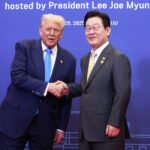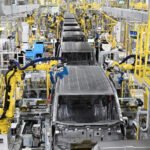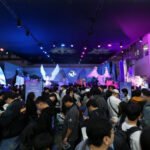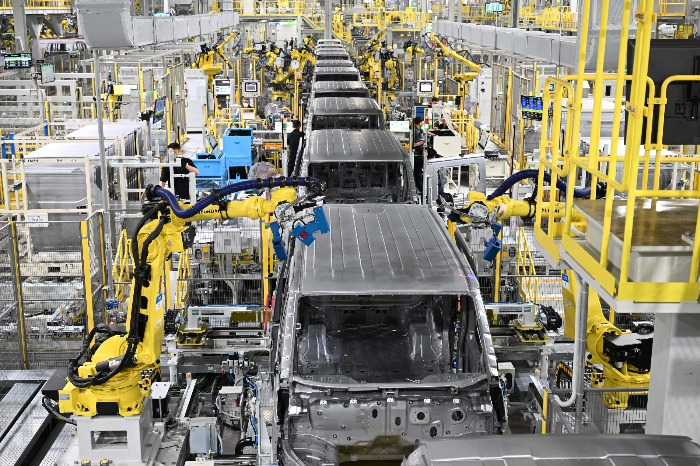
Hyundai Motor Group, the world’s third-largest automaker with 7.23 million vehicles sold last year, will invest 4 trillion won ($2.7 billion) to build an electric-vehicle mother plant in South Korea, a flagship facility that Seoul sees as essential to safeguarding the country’s EV manufacturing base while expanding industrial partnerships with local battery makers and suppliers.
The project marks the clearest step yet in the government’s plan to consolidate the nation’s EV capabilities at home.
Kia Corp. has expanded its domestic EV manufacturing footprint by opening the EVO Plant East in Hwaseong, Gyeonggi Province, its first dedicated facility for purpose-built electric vehicles (PBVs), on Friday.
The plant will produce up to 100,000 units of the PV5 annually.
On the same day, Kia broke ground on the EVO Plant West, which will add another 150,000 PBVs a year when production begins in 2027.
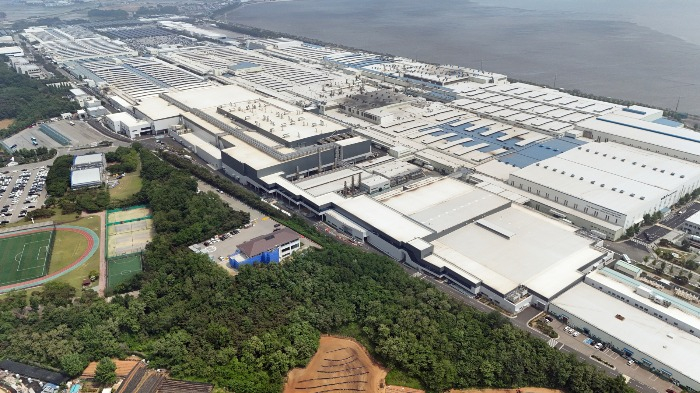
These two facilities and an adjacent PBV conversion center will together sit on a site of more than 300,375 square meters, backed by a total investment of about 4 trillion won, including related R&D.
PRIVATE SECTOR EXPANSION SETS THE STAGE
The conversion center will add a layer of specialization to the complex, producing customized PV5 variants, including open-bed trucks, box vans and camper models, and later the larger PV7.
The site will serve as an adaptation hub where suppliers can access technical guidelines, vehicle data and engineering support through a dedicated portal system.
Industry officials say these capabilities will more tightly integrate Kia’s PBV operations with Korea’s broader EV manufacturing base, positioning the complex to support the government’s emerging mother-plant strategy.
Kia plans to produce all PBVs in Korea and sell 890,000 units by 2030, of which 73% will be delivered to abroad.
The electric PBV market is expanding rapidly, driven largely by strong demand from light commercial vehicles (LCVs). The global electric LCV market, estimated at about 220,000 units this year, is forecast to surge more than fivefold to 1.19 million units by 2030.

Kia Chief Executive Song Ho-sung said the company intends to leverage the electrification of the light commercial vehicle market to make PBVs a core business line.
Aligned with the government’s EV support programs, Kia plans to produce 2.63 million EVs in Korea between 2026 and 2030, which will account for 58% of its planned global output of 4.51 million units during that period, in a move, he said, would bolster the nation’s industrial competitiveness.
Hyundai Motor Co. is also expanding its domestic EV and fuel-cell manufacturing footprint, committing a combined 3 trillion won to future-mobility facilities in Korea.
Its 2 trillion won EV plant in Ulsan, set for completion in the first half of next year, will produce up to 200,000 electric vehicles annually, including large electrified sport utility vehicles for the premium Genesis brand.
Hyundai last month also broke ground on a separate hydrogen fuel-cell plant, a 930 billion won project that will give the company capacity to produce 30,000 fuel-cell units a year.

A CENTRAL PILLAR OF THE KOREAN GOVERNMENT’S EV AMBITIONS
Hyundai Motor Group’s mother factory is expected to play a core role in the Korean government’s “K-mother plant” initiative.
The mother-plant model, actively adopted by Toyota Motor and Volkswagen, is designed to keep advanced R&D, engineering talent and critical production capabilities anchored at home even as automakers expand overseas.
By maintaining a domestic command center that sets standards for technology, quality and manufacturing processes, Seoul hopes to protect the country’s automotive supply chain, prevent hollowing-out of domestic manufacturing and strengthen competitiveness in the global EV industry.
Korea, home to three of the world’s leading EV battery manufacturers, is well-positioned for such a system. LG Energy Solution Ltd., SK On Co. and Samsung SDI Co. together supply roughly 40% of global EV batteries outside China.

The country also has a network of more than 21,000 parts suppliers and a deep pool of skilled industrial workers.
GOVERNMENT SETS THE POLICY FRAMEWORK
Seoul aims to sustain annual domestic vehicle production of more than 4 million units by 2035 and lift the share of eco-friendly cars to 90% of new sales, according to plans unveiled at a future-mobility strategy forum hosted by Prime Minister Kim Min-seok after Kia’s PV5 plant ceremony.
As part of the initiative, the government will supply over 15 trillion won in policy financing to the auto industry and establish a 500 billion won future-mobility fund to support next-generation technologies and manufacturing upgrades.
Beginning next year, EV buyers who scrap older vehicles will also receive an additional subsidy of up to 1 million won.
The government said total EV subsidies in 2025 will exceed 936 billion won, more than 30% higher than this year, as part of efforts to accelerate the industry’s transition to green mobility.

